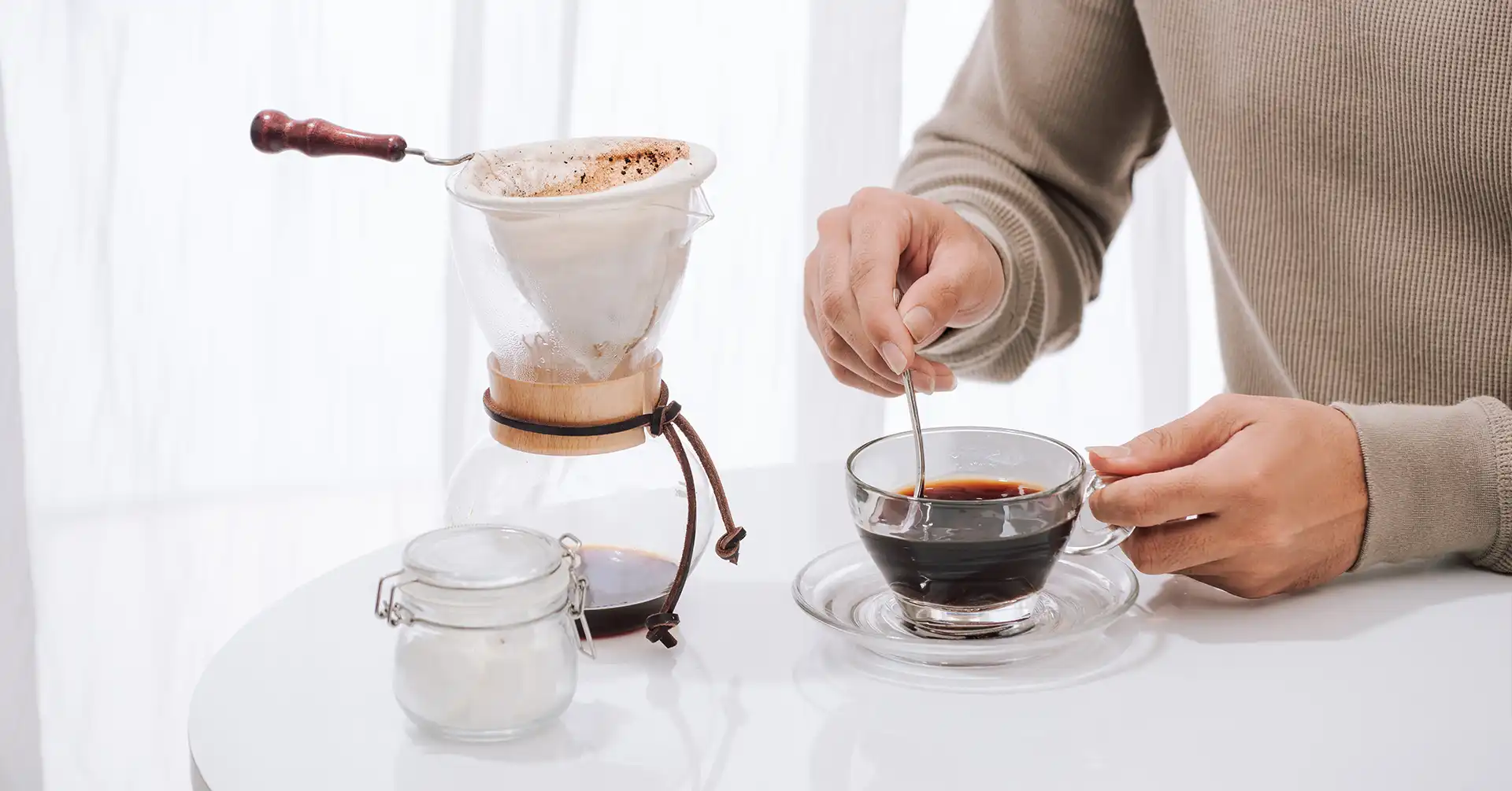Hello, my wonderful readers! In the quest for a healthier lifestyle, our daily choices are pivotal in shaping our overall well-being. One such choice gaining popularity for its potential impact on immune health is the preference for low-acid coffee. As we delve into the world of coffee enthusiasts and health-conscious individuals, it becomes evident that the coffee we consume can significantly influence our immune system.
This blog aims to unravel the science behind low-acid coffee and its potential benefits for fortifying the immune system. Regular coffee, known for its acidic nature, can sometimes lead to discomfort for those with sensitive stomachs. Low acid coffee, on the other hand, provides a smoother, gentler option that caters to taste buds and supports digestive comfort.
We will explore the key components that make low acid coffee a standout choice, including its meticulous cultivation, unique roasting processes, and impact on acidity levels. Additionally, we’ll delve into the potential link between acidity in coffee and its effects on inflammation, offering insights into how opting for a milder brew might contribute to an immune system primed and ready to tackle challenges.
Join us on this journey through the aromatic and nuanced world of low acid coffee, where a simple sip may hold the key to nurturing a resilient and thriving immune system. Your daily cup is the boost your body needs to embrace a healthier, more vibrant life.
How to Make Low Acid Coffee?
For coffee enthusiasts seeking a gentler cup without compromising on flavor, crafting your low acid coffee at home is a rewarding and surprisingly simple endeavor. In this detailed guide, we’ll walk you through the step-by-step process of creating a brew that’s rich in taste and easy on acidity levels.
Select the Right Beans:
Begin by choosing high-quality, low acid coffee beans. Opt for beans labeled as “low acid” or those originating from regions known for producing beans with naturally lower acidity, such as Brazil, Sumatra, or Peru.
Grind for Precision:
Invest in a good quality burr grinder to achieve a consistent grind size. Aim for a medium to medium-coarse grind, as this helps reduce the extraction of acidic compounds during brewing.
Water Matters:
Use filtered water to avoid any unwanted flavors. Maintain a water temperature between 195°F to 205°F (90°C to 96°C) for optimal extraction without over-extracting acidity.
Mindful Brewing:
Whether you prefer a pour-over, French press, or drip coffee maker, the brewing method can significantly impact acidity. Experiment with different methods and find the one that suits your taste while minimizing acidity.
Roast Preference:
Opt for beans that have undergone a medium to dark roast, as the roasting process helps break down acids. Darker roasts, in particular, tend to be less acidic than lighter roasts.
Cold Brewing Magic:
Cold brewing is a game-changer for those seeking an ultra-smooth, low acid coffee. Steep coarsely ground coffee in cold water for an extended period, usually 12 to 24 hours, to extract flavors without acidity.
Experiment and Adjust:
The beauty of crafting your coffee lies in experimentation. Adjust the grind size, water-to-coffee ratio, and brewing time to fine-tune your cup according to your taste preferences.
By following these steps, you’ll be well on your way to savoring a low acid coffee experience tailored to your liking. Empower your mornings with a cup that delights your palate and aligns with your quest for a gentler, more digestive-friendly brew.
Benefits of Low Acid Coffee
Low acid coffee has emerged as more than just a trend in the world of coffee connoisseurs; it’s a flavorful choice with many health benefits. In exploring the perks, we uncover the active advantages of choosing a cup of coffee.
Gentler on the Stomach:
One of the foremost benefits of low acid coffee is its stomach-friendly nature. For individuals prone to acid reflux or sensitive stomachs, the reduced acidity minimizes the risk of discomfort, allowing coffee lovers to savor their favorite beverage without the burn.
Preserving Dental Health:
High acidity levels in regular coffee can contribute to enamel erosion and tooth sensitivity. Coffee, with its milder pH, presents a tooth-friendly alternative, preserving dental health while still delivering the satisfying taste of a well-brewed cup.
Digestive Comfort:
The lower acidity in this coffee variety is often linked to improved digestive comfort. For those who experience gastrointestinal issues or bloating after consuming regular coffee, the gentler nature of coffee can be a game-changer, providing a smooth and enjoyable experience.
Reduced Risk of Heartburn:
Low acid coffee is recognized for its potential to minimize the occurrence of heartburn. The decreased acidity levels contribute to a more soothing experience for the digestive system, making it an appealing option for those seeking relief from acid-related discomfort.
Balanced Flavor Without Sacrifice:
Contrary to the misconception that low-acid coffee compromises flavor, this brew offers a balanced and nuanced taste profile. With beans carefully selected and roasted to perfection, the result is a cup that satisfies the palate without needing acidic additives.
Potential Anti-Inflammatory Properties:
Some studies suggest that lower acid content in coffee may be associated with reduced inflammation. By choosing low acid options, coffee enthusiasts may inadvertently support an anti-inflammatory diet, contributing to overall health and well-being.
Customizable to Preferences:
Low-acid coffee provides a versatile canvas for personalization. Whether enjoyed in black, with milk, or as part of specialty coffee creations, the reduced acidity allows for a more flexible and customizable coffee experience.
By embracing the benefits of low acid coffee, enthusiasts can indulge in their favorite beverage without compromising health. From digestive comfort to dental well-being, this alternative offers a holistic approach to enjoying coffee, ensuring that each sip contributes to a healthier and more satisfying lifestyle.
Related Searches
- best coffee
- least acidic coffee
- acid free coffee
- low acid coffee brands
Conclusion
In the final brew of our exploration into the world of low-acid coffee, we’ve unraveled the layers of benefits that extend beyond the aromatic and flavorful experience. Choosing coffee isn’t just a matter of preference; it’s a conscious decision that can contribute to the well-being of your immune system and overall health.
As we sip through this journey, the significance of a gentler, stomach-friendly option becomes clear. Low-acid coffee offers not only a respite for those with sensitive stomachs but also a potential ally in fostering a robust immune system. The nuanced interplay of carefully selected beans, meticulous roasting processes, and mindful brewing methods culminate in a cup that not only delights the taste buds but supports digestive comfort.
By opting for low-acid coffee, we may avoid potential pitfalls associated with high acidity – from acid reflux discomfort to dental sensitivities. This alternative brew is a testament to the harmonious coexistence of flavor and health benefits, challenging the notion that indulging in a good cup of coffee requires compromise.
So, as you raise your mug to your lips, savor the moment for the rich taste and the potential boost you’re giving to your immune system. With each sip, you’re not just enjoying coffee; you’re embracing a choice that aligns with a healthier, more balanced lifestyle. Here’s to the perfect blend of well-being and indulgence in every cup. Cheers to the vitality found in low-acid coffee!
Read More:






